Bacon, Francis and Rawley, William. Sylva Sylavrum, or a Naturall Historie in Ten Centuries. Written by the Right Honourable Francis Lo[rd] Verulam Viscount St. Alban. Published after the Authors death, by William Rawley Doctor in Divinity, one of his Majesties Chaplaines. London: Printed by John Haviland, for William Lee 1639, stated 5th edition. 4to, full embossed leather, five spine bands, 218pp plus 19pp index. ("Hereunto is now added an Alphabeticall Table of the principall things contained in the whole Worke.") The allegorical title page seems to bear the date 1631. Collation: lacking frontis port., tp (engraved), tp (printed), dedication to Prince Charles (ii), To the Reader (iii), A Table of Experiments (viii), 218pp, Table of the Chiefe Matters (xix). Francis Bacon (1561-1626) was an English philosopher and statesman, credited with helping to develop scientific methodology. Bacon's focus was the empirical method - using inductive reasoning and observation of events being studied. After studying at Trinity College, Cambridge, he was first elected to Parliament in 1582. He was later appointed as Queen Elizabeth's legal advisor. Bacon was knighted by King James I, then later created Baron Verulam (1618) and Viscount St. Alban (1621). As he died without issue, these titles went extinct upon his death. In spite of his series of political offices, Bacon had chronic issues with debt. These ultimately resulted in his being declared incapable of holding future office, including parliamentary seats. At this point he decided to focus on study and writing. Although he began developing scientific method, Bacon did not abandon religion. He, as many other Renaissance men saw science as a way to better understand God. Bacon went one step further arguing that God's intervention was necessary to make knowledge accessible (i.e., knowledge was acquired only when God wanted man to have such knowledge). There are some who claim he was a leader in the Rosicrucian Order in England. Of all of Bacon's many works, Sylva Sylvarum has been one of the most popular. There has been much debate as to whether this was truly the next work that Lord St. Alban was working on, as claimed by William Rawley, or whether Rawley published a group of random notes found among Bacon's papers after his death. Others make the case that Bacon was himself preparing these notes for publication when he died unexpectedly (of pneumonia - some say caused by one of his experiments with freezing/snow). The book consists of 1000 "experiments," ordered into ten groups of 100 experiments each ("centuries"). The title indicates that this was seen as a foundation for science, or, as it was often called, "natural philosophy." The "experiments" are less clear, consisting of hearsay, observations, travel reports, casual explanations, and many other types of "knowledge" throughout these ten centuries. When knowledge was acquired from other sources, these are not made clear. The first edition was dated 1627, just a year after Bacon's death, and seems to have been immediately popular and was still being published after Rawley's lifetime (c. 1588 - 1667). Although the ninth edition was purported to be the "last," there have been recorded up to 17 editions. Although there is some discrepancy between the two title pages in this volume, it is not that unusual for the day. Books were often sold unbound (those who could afford them could afford to have them bound to match the rest of their libraries), and the title pages were often printed in greater numbers than the volumes of books and used as broadsides to advertise the various titles available. The "leftover" title pages might be indiscriminately used in later printings/editions of the title. Condition: "Burn" hole upper corner pp 1-2 (affecting page number but no text). Frontis portrait missing, and likely a free endpaper. Front board partially separated, some damage to upper part of front hinge. Engraved title separated but present.
Bacon, Francis and Rawley, William. Sylva Sylavrum, or a Naturall Historie in Ten Centuries. Written by the Right Honourable Francis Lo[rd] Verulam Viscount St. Alban. Published after the Authors death, by William Rawley Doctor in Divinity, one of his Majesties Chaplaines. London: Printed by John Haviland, for William Lee 1639, stated 5th edition. 4to, full embossed leather, five spine bands, 218pp plus 19pp index. ("Hereunto is now added an Alphabeticall Table of the principall things contained in the whole Worke.") The allegorical title page seems to bear the date 1631. Collation: lacking frontis port., tp (engraved), tp (printed), dedication to Prince Charles (ii), To the Reader (iii), A Table of Experiments (viii), 218pp, Table of the Chiefe Matters (xix). Francis Bacon (1561-1626) was an English philosopher and statesman, credited with helping to develop scientific methodology. Bacon's focus was the empirical method - using inductive reasoning and observation of events being studied. After studying at Trinity College, Cambridge, he was first elected to Parliament in 1582. He was later appointed as Queen Elizabeth's legal advisor. Bacon was knighted by King James I, then later created Baron Verulam (1618) and Viscount St. Alban (1621). As he died without issue, these titles went extinct upon his death. In spite of his series of political offices, Bacon had chronic issues with debt. These ultimately resulted in his being declared incapable of holding future office, including parliamentary seats. At this point he decided to focus on study and writing. Although he began developing scientific method, Bacon did not abandon religion. He, as many other Renaissance men saw science as a way to better understand God. Bacon went one step further arguing that God's intervention was necessary to make knowledge accessible (i.e., knowledge was acquired only when God wanted man to have such knowledge). There are some who claim he was a leader in the Rosicrucian Order in England. Of all of Bacon's many works, Sylva Sylvarum has been one of the most popular. There has been much debate as to whether this was truly the next work that Lord St. Alban was working on, as claimed by William Rawley, or whether Rawley published a group of random notes found among Bacon's papers after his death. Others make the case that Bacon was himself preparing these notes for publication when he died unexpectedly (of pneumonia - some say caused by one of his experiments with freezing/snow). The book consists of 1000 "experiments," ordered into ten groups of 100 experiments each ("centuries"). The title indicates that this was seen as a foundation for science, or, as it was often called, "natural philosophy." The "experiments" are less clear, consisting of hearsay, observations, travel reports, casual explanations, and many other types of "knowledge" throughout these ten centuries. When knowledge was acquired from other sources, these are not made clear. The first edition was dated 1627, just a year after Bacon's death, and seems to have been immediately popular and was still being published after Rawley's lifetime (c. 1588 - 1667). Although the ninth edition was purported to be the "last," there have been recorded up to 17 editions. Although there is some discrepancy between the two title pages in this volume, it is not that unusual for the day. Books were often sold unbound (those who could afford them could afford to have them bound to match the rest of their libraries), and the title pages were often printed in greater numbers than the volumes of books and used as broadsides to advertise the various titles available. The "leftover" title pages might be indiscriminately used in later printings/editions of the title. Condition: "Burn" hole upper corner pp 1-2 (affecting page number but no text). Frontis portrait missing, and likely a free endpaper. Front board partially separated, some damage to upper part of front hinge. Engraved title separated but present.

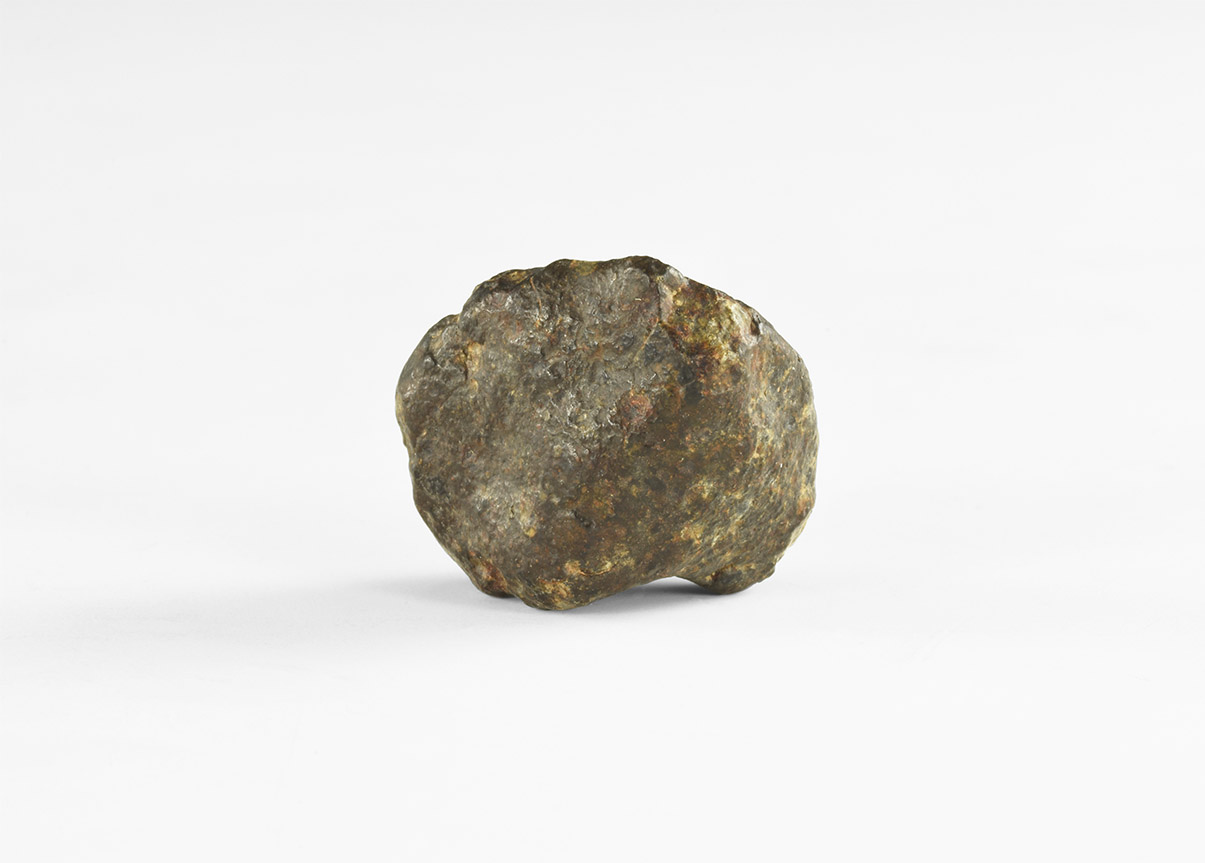
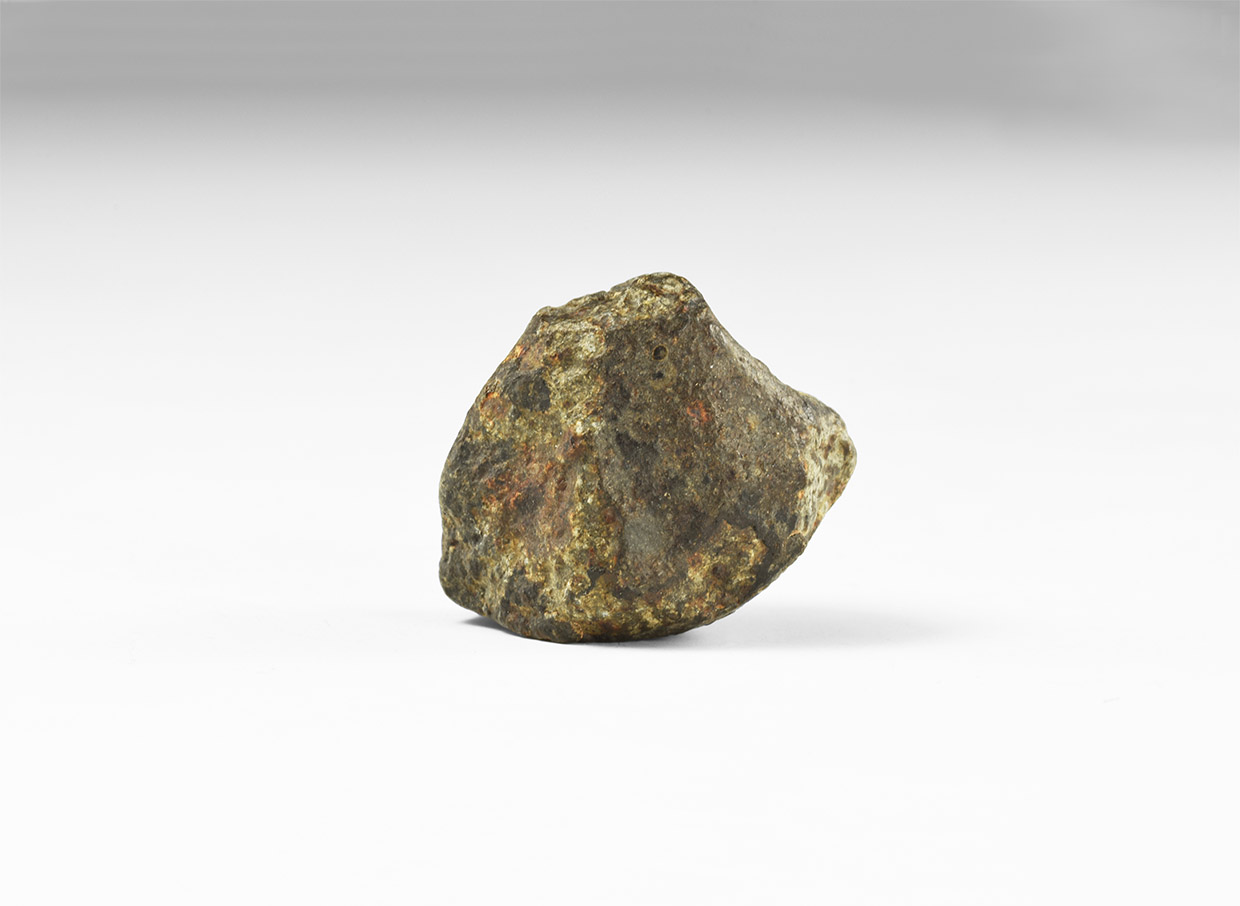
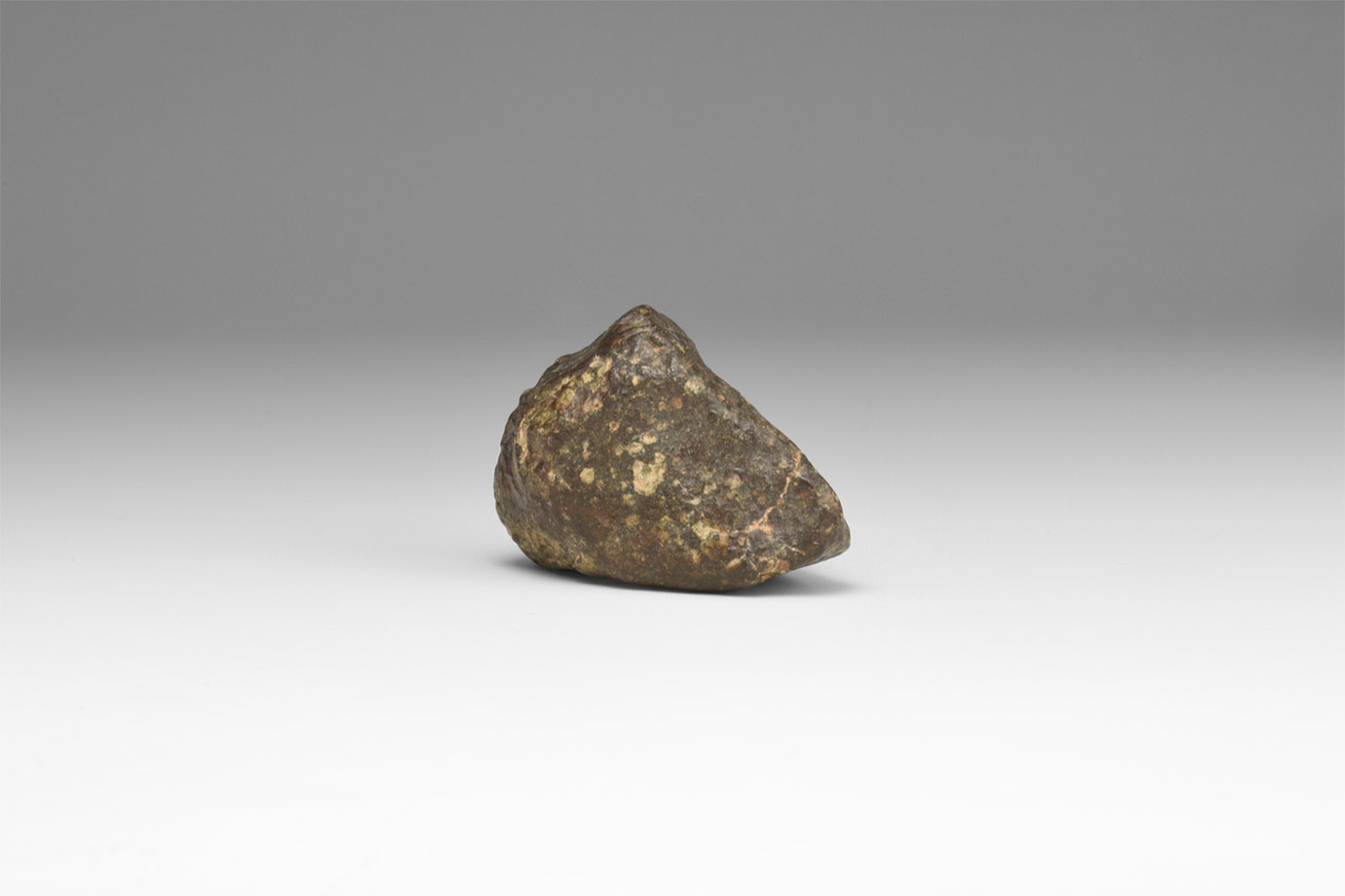
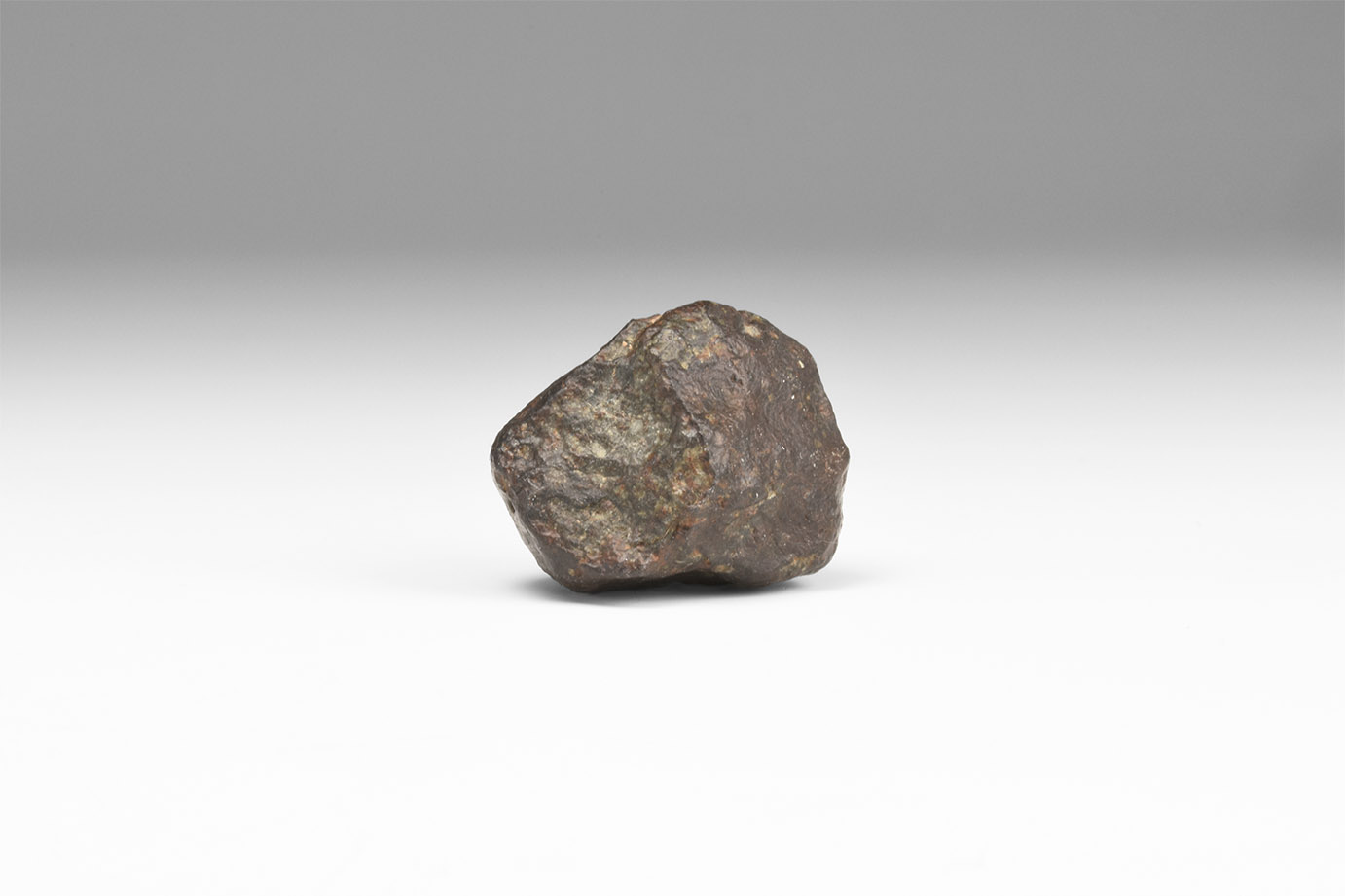




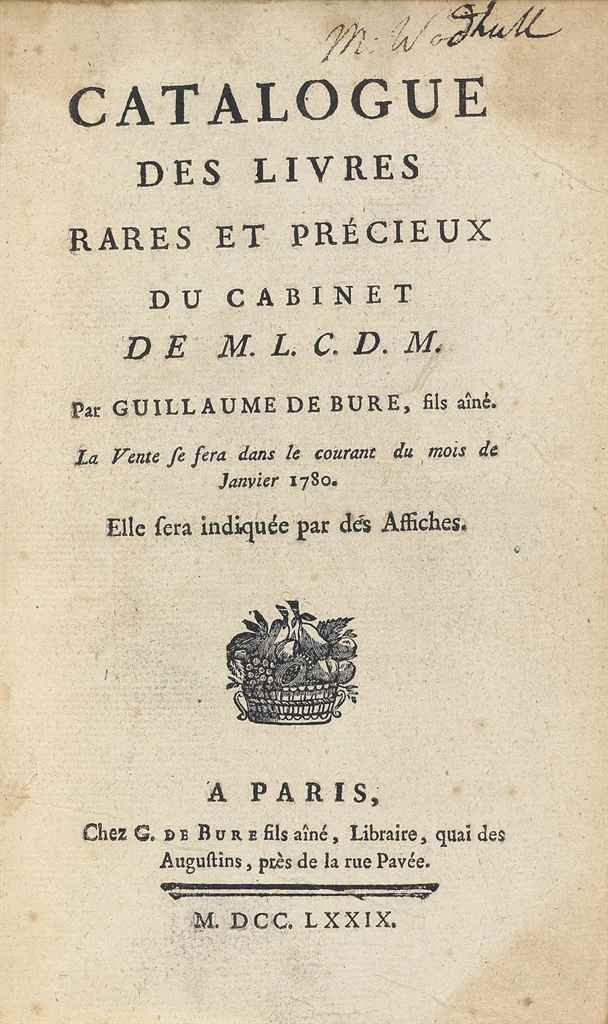


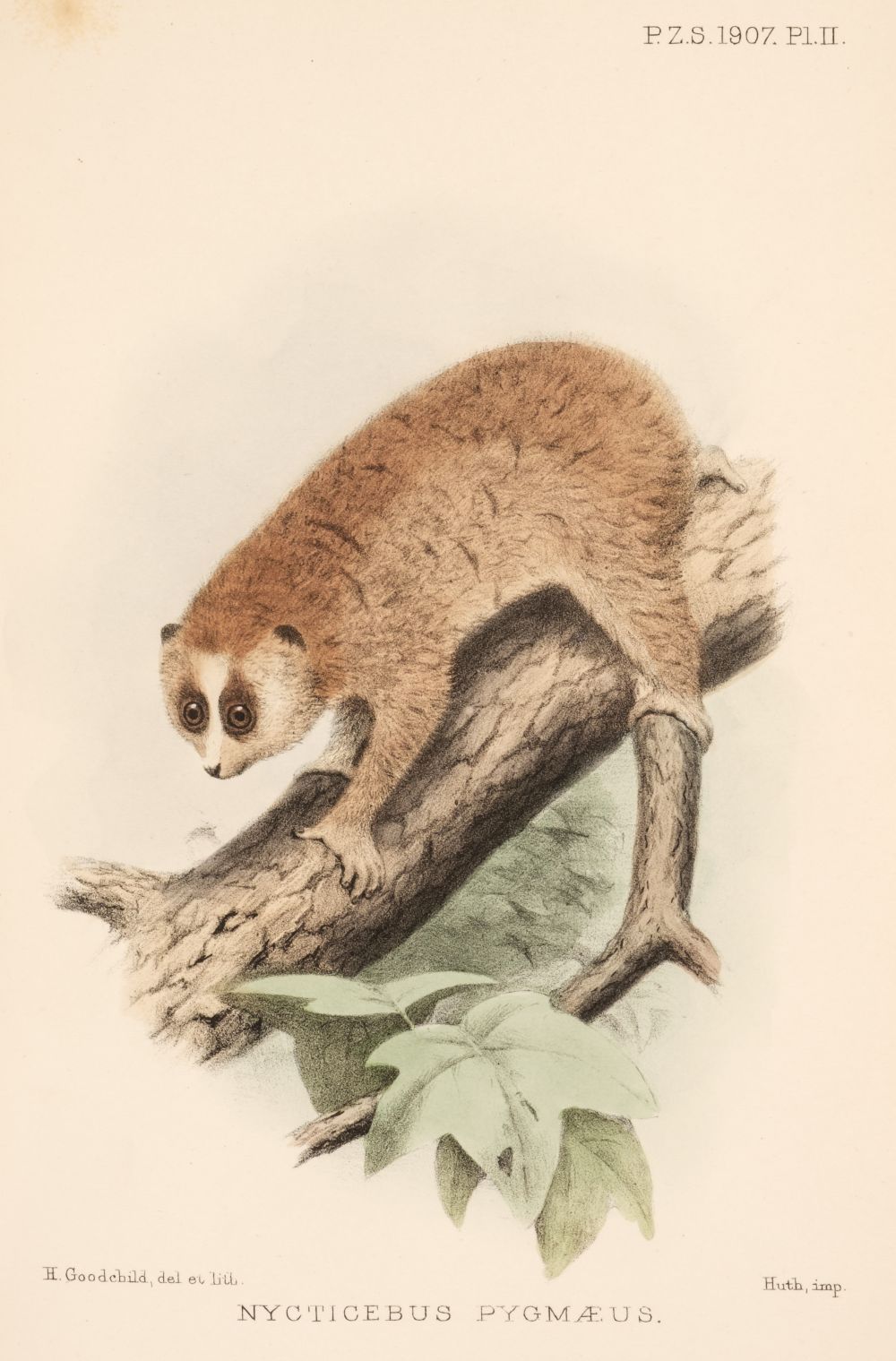

Testen Sie LotSearch und seine Premium-Features 7 Tage - ohne Kosten!
Lassen Sie sich automatisch über neue Objekte in kommenden Auktionen benachrichtigen.
Suchauftrag anlegen